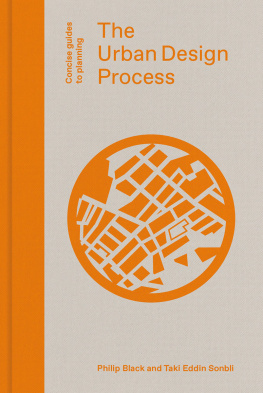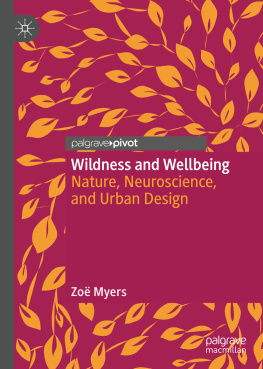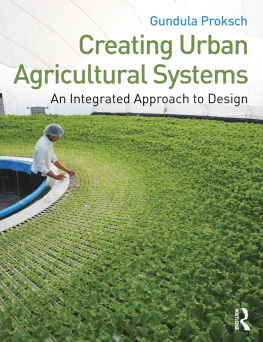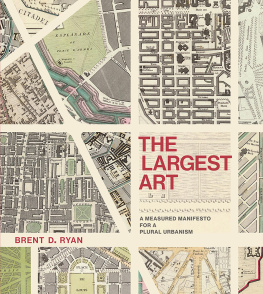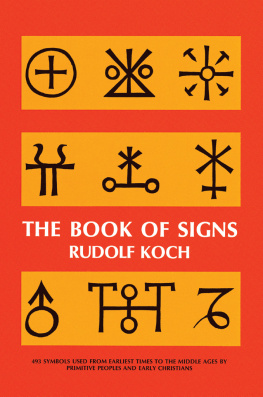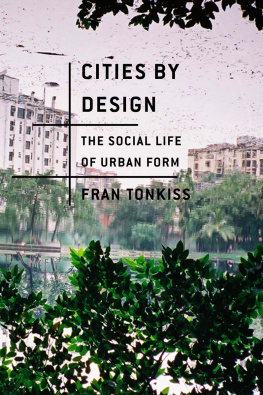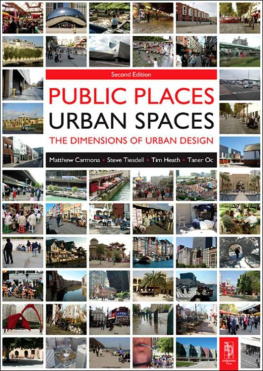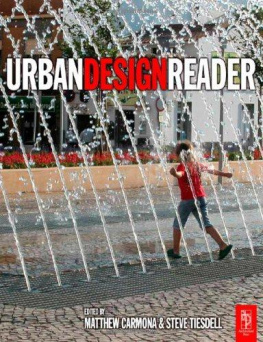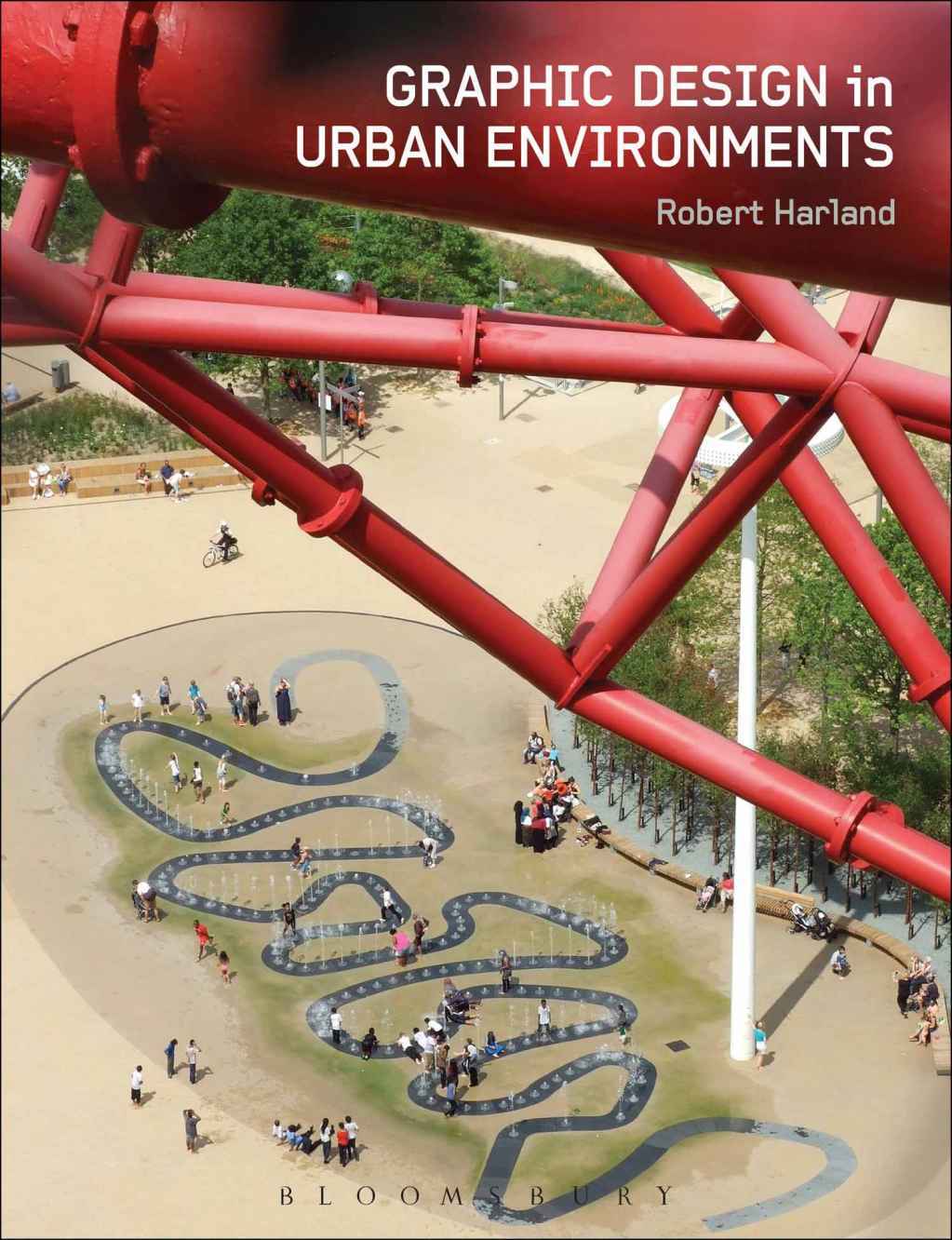Graphic Design in
Urban Environments
To my parents, who took me to live on the other side of the world.

Contents
Tables
Figures
Plates
Photographic credit and locations
All photographs by the author. For figure and plate captions read left to right and top to bottom.
What are the visual communication requirements of a built environment? How do urban places function through graphic objects? Why is this so little understood by built environment professionals? In this book, I explore these questions through the perspective of graphic design as urban design.
By examining a number of historical and theoretical approaches, including those from graphic design historians, urban theorists and semioticians, the book exposes the difficulties with inter-disciplinary discourse about the topic. After outlining the basis of an argument, I analyse this through four key approaches: history, imageability, pattern and representamen. Each of these is supported by empirical case studies that utilize material from a photographic collection I have developed over the past decade.
Through super-imposing a graphic design perspective onto established units of urban design analysis, as well as less formal environments, Graphic Design in Urban Environments will look at the way graphic design functions as a layer of urban design, thus contributing to the way cities work.
This book not only fills a gap between the concerns of graphic communication and urban development, it also links the smaller concerns of type design with the larger ambitions of urban design through the inter-relationship of a typetypographicgraphicurban continuum. In doing so, a framework is offered for thinking about micromesomacrographic urban interventions.
There are many who have supported and inspired the ideas presented here, not least the many scholars referred to in the text. I am particularly grateful to those mentioned in the acknowledgements.
Robert Harland
This book is the culmination of many influences. I am indebted to those who taught me, notably Chris Timings at Trent Polytechnic, Nottingham where I studied Information Graphics between 1983 and 1986, and Tim Heath at the University of Nottingham where I undertook a part-time PhD in Architecture (Social Sciences) between 2004 and 2010. The title of this book negotiates the relationship between these two formative experiences, and although it disseminates much of the exploratory thinking from my doctoral studies, it stems from early exposure to the relationship between signs and cities (exemplified by Chriss design for the City of Westminster street nameplate) featured in this book.
In between these two educational experiences, and before starting my own practice, I worked in the design consultancy sector as a practising graphic designer where I learned about the systematic rigour required for corporate identity and signage design for large organizations such as Land Rover. For that experience I must thank David Pearce and Amanda Tatham. During my time in professional design practice, and before beginning an academic career, I teamed up with the architects and urban designers Mick Timpson and Sue Manley and learned first-hand how other design professionals functioned when working with municipalities. It was at this interface with local authority clients that questions began to emerge relating to the visual communication requirements of a built environment. This stimulated a move into academia to pursue academic research and has since guided my research interests.
In academia, various colleagues have supported my research interests in a field not blessed with many qualified PhD holders. These included Rob Kettell at the University of Derby and Judith Mottram at Nottingham Trent University and, more recently, Marsha Meskimmon at Loughborough University. In doing their jobs well, they encouraged and allowed me time to cultivate a research agenda. Malcolm Barnard and Marion Arnold also deserve a special mention as colleagues who invited me to divulge many of the ideas in this book as part of a Visual Culture module we taught between 2010 and 2015. Cecilia Maria Loschiavo dos Santos at the University of So Paulo has also been an invaluable collaborator for exploring wider cross-cultural design matters.
The relationship between the key concepts discussed in the book have thus developed over a decade (and more) leading up to publication. Aside from very helpful comments made by reviewers of the books first manuscript, the content also benefits from urban design scholars who displayed great patience and support in reviewing an earlier journal article that Graphic Design in Urban Environments expands. Hence, this book is derived in part from an article published in the Journal of Urban Design in July 2015 ( Taylor and Francis, available at: www.tandfonline.com/DOI:10.1080/13574809.2015.1031211).
Finally, on a personal note, my wife Maria and children Gina and Leo deserve a special mention. They have waited for me on numerous occasions when I needed time to take that one last photograph.
1
The streets, the people, the buildings, and the changing scenes do not come already labeled.
STRAUSS 1961: 12
On Sunday mornings between September and May in England, thousands of parents watch their children play football for one of the 55,000 teams registered with the Football Association. According to the Football Foundations website (www.footballfoundation.org.uk) a minority of parents are aggressive, sarcastic and disrespectful towards the referee, those running the line, the opposition team and their manager. To curb their enthusiasm, parents are required to stand behind a barrier usually running the length of the pitch about two metres away from the edge of the playing area. This is a temporary structure comprising a dozen or so metre-high plastic pegs or triangular banners hammered into the ground ten metres apart, linked by a strip of bright rope or fabric repeating the word Respect along its length.
The barrier is an example of a product that privileges communication over materiality through graphic affect, meaning the message is more powerful than the physical structure. This book is about such everyday objects that impact on human behaviour in the urban environment. Throughout, these are treated as the products of graphic design in the broad sense: they are graphic interventions in pursuit of improved circumstances in an ensemble of people and place. The aim of this book is to identify the scope, explain the reasons and analyse the impact of graphic design in the urban environment, and to locate it within urban design.
This book is written to appeal to the two disciplinary perspectives of graphic and urban design. In higher education, the former is usually associated with art and design, while the latter is allied to the training of built environment professionals such as architecture, landscape architecture, city planning and civil engineering. In bridging the gap between the two, the book will primarily appeal to students of design wanting to accommodate the two perspectives in their work.
Most of the book will appeal to undergraduate students because the intensity of design discipline teaching in graphic design or architecture means that inter-disciplinary thinking in these fields is difficult to fully grasp until postgraduate level. Deviations in the text that consider perspectives from geography, communication studies and philosophy will serve as basic introductions to shared concepts between different disciplines. For example, graphicacy in geography is little known by graphic design teachers and students, yet there is much overlap and complementary knowledge between these fields in areas such as typography.



